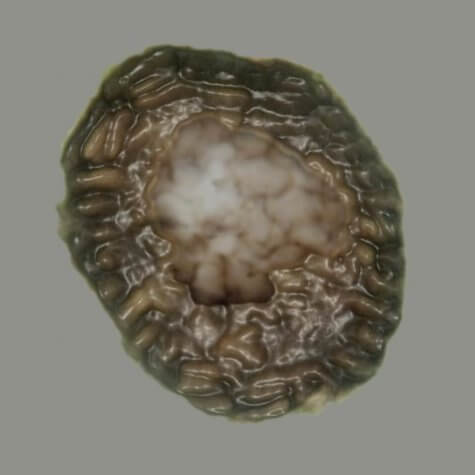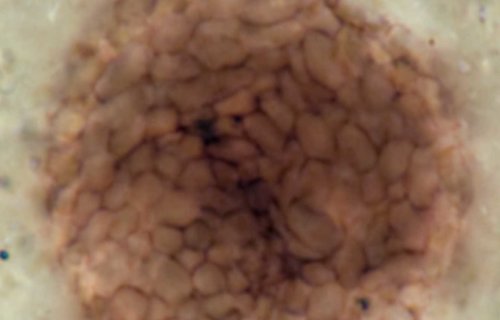SHEFFIELD, England — In the Scottish Highlands, scientists have unearthed an extraordinary fossil that is at least one billion years old. It’s believed this rare discovery could be the “missing link” to the development of mammals.
Researchers from the University of Sheffield and Boston College say the billion-year-old microfossil comprises two unique cell types and might be the oldest multicellular animal ever discovered. The fossil sheds fresh light on how single-celled creatures evolved into sophisticated multicellular animals. The most primitive living organisms are one-celled holozoa. This newly discovered fossil indicates an organism that is halfway between singular and multicellular animals.

In the recent study published in Current Biology, the fossil was given the name Bicellum brasieri. “The origins of complex multicellularity and the origin of animals are considered two of the most important events in the history of life on Earth, our discovery sheds new light on both of these,” says co-author Charles Wellman, a professor with Sheffield’s Department of Animal and Plant Sciences, in a statement.
The fossil, unearthed by scientists in Loch Torridon in the Scottish Highlands, is remarkably preserved. Because of this, researchers were able to analyze the organism’s individual cells and even subcellular components.
“We have found a primitive spherical organism made up of an arrangement of two distinct cell types, the first step towards a complex multicellular structure, something which has never been described before in the fossil record,” says Professor Wellman. “The discovery of this new fossil suggests to us that the evolution of multicellular animals had occurred at least one billion years ago and that early events prior to the evolution of animals may have occurred in freshwater-like lakes rather than the ocean.”
The team is now looking for additional intriguing fossils in the Torridonian strata that might provide more clues into the origin of multicellular creatures.
“Our study of life in billion-year-old lakes is challenged by our ability to determine which kinds of organisms are represented in these deposits,” adds Boston College paleobotanist Paul K. Strother, in a release. “Previously we have assumed that most of what we see in these deposits are various kinds of extinct algae, but the morphological features of Bicellum really are more like those of modern-day unicellular relatives of animals. This is causing us to broaden our approach to reconstructing the diversity and ecology of life on Earth one billion years ago.”
